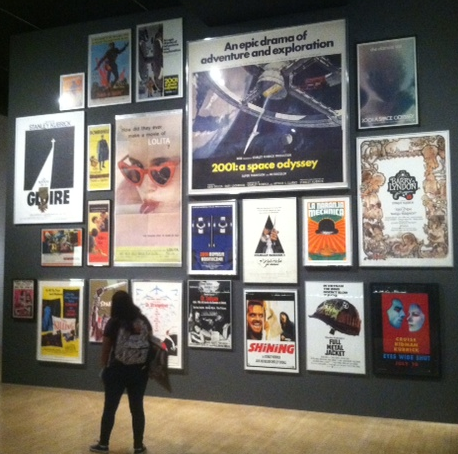When I was nine, my sister took me to see 2001: A Space Odyssey at the Oleander Cinemas in Wilmington, North Carolina; it was a lot of movie for a nine-year-old. I saw A Clockwork Orange for the first time in a college film studies class (I wasn’t allowed to see that one at nine although I’m sure I tried).
The new Stanley Kubrick exhibit at LACMA – the first major retrospective in the US – brought back many memories of my celluloid encounters with one of the most influential masters of the medium while giving me a deeper insight into the methods underlying Kubrick’s genius.
Meticulous and controlling in all aspect of the filmmaking process, Kubrick left behind a treasure trove of drawings, lists, props, scale models and photographs that give meaningful insight into his creative mind. It’s too easy to forget that Kubrick directed few films compared to his influence on film as an art form (13 feature films). For those drawn to Kubrick’s work, the LACMA exhibit feels like an opportunity to glimpse something precious and rare.
The director always struck me more as a classical composer or literary novelist in his quest for some sort of elusive perfection that lies just beyond the next cut. The work is never truly finished, and emotionally exhausted and creatively spent, you release it to the world realizing that further tweaking will only detract from the good that does exist. And, as this exhibit demonstrates, even 13 years after his death, we are still mining the good in Kubrick’s remarkable endeavors.
Stanley Kubrick at LACMA until June 30, 2013.

